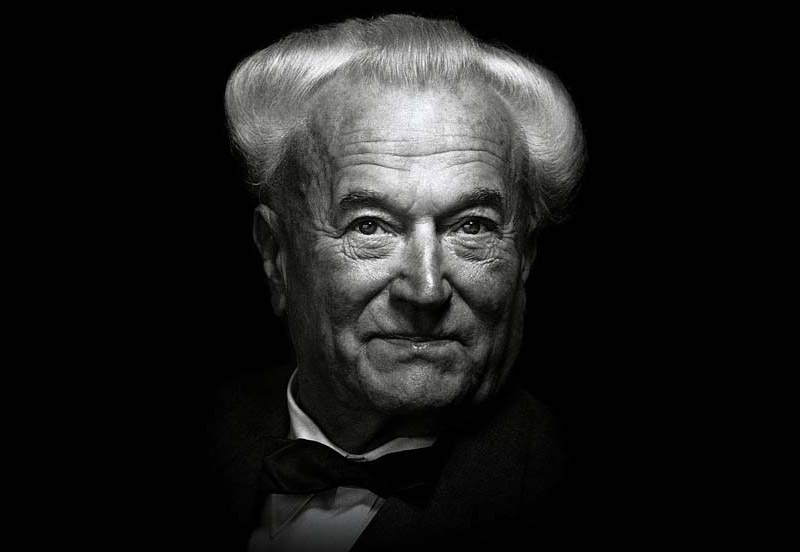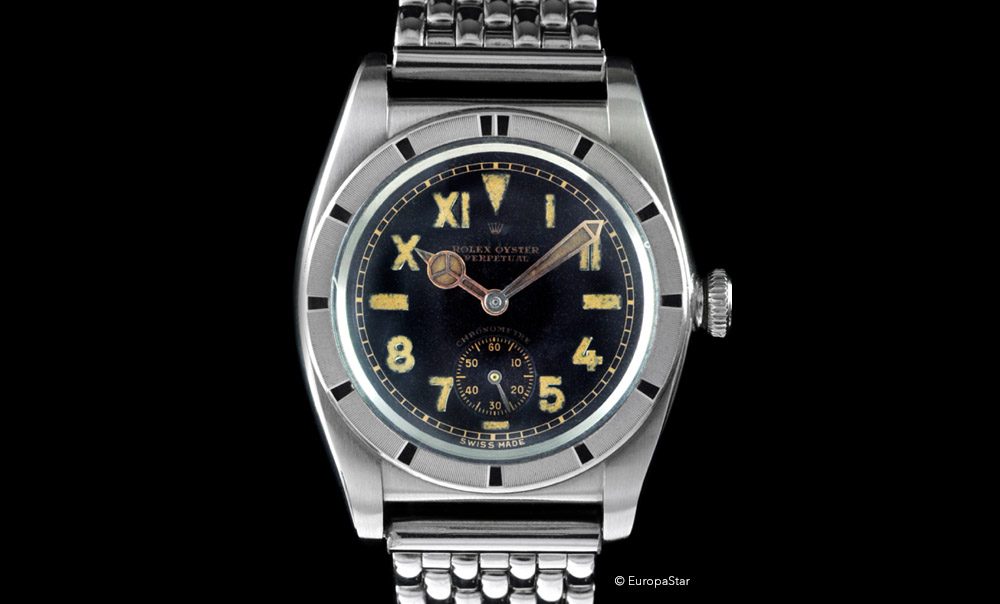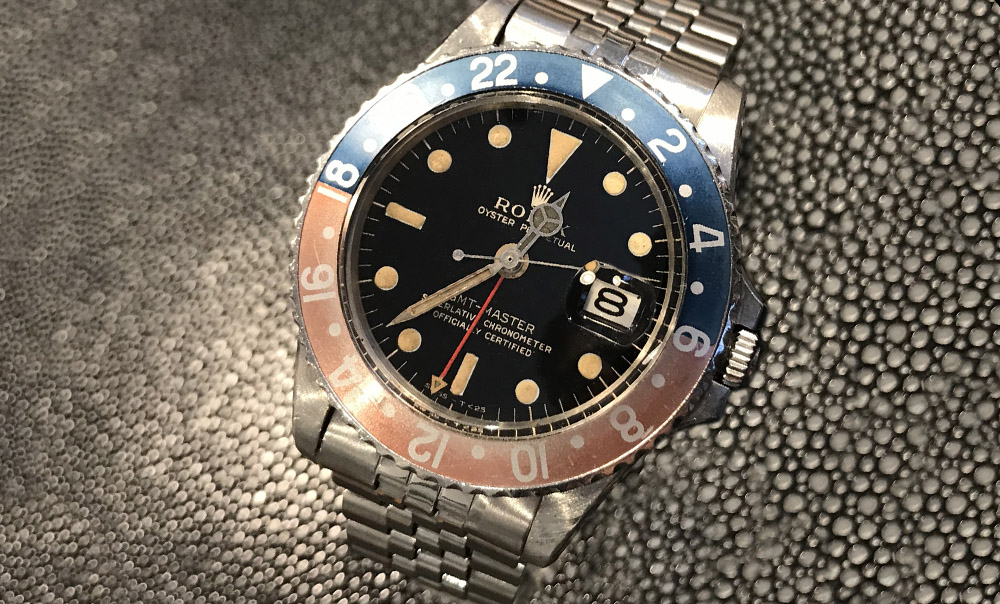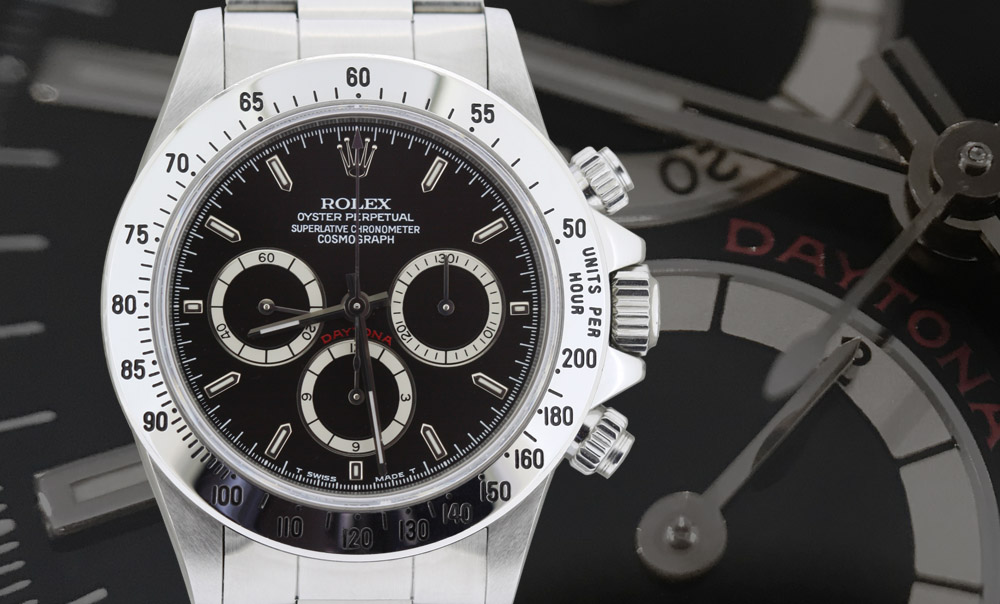A Short Story of Rolex Watches
“From early fifties to end 60 sixties, new models will be available in the catalog: Cosmograph Daytona, Submariner, GMT Master, Oyster Date, Day-Date (so-called “President”) and Explorer. It is also during this period that the date window magnifier, Cyclops, will be inaugurated and installed on the Datejust.”
In 1905, Hans Wilsdorf, a German watchmaker, born in Kulmach, Bavaria, on March 22, 1881, and his brother-in-law, Alfred Davis, founded the Wilsdorf & Davis company in London, in the jewelry and watchmaking district. In 1908 Wilsdorf registered the brand Rolex and in 1919 decided to locate the company in Geneva where it took the name of Rolex S.A. Wilsdorf & Davis was the original name of what would later become The Rolex Watch Company.

Originally they imported movements and dials from Switzerland ordered from Hermann Aegler in England and installed them in quality cases built by Dennison and others. These first wristwatches were then sold to watchmakers who put their own names on the crown. The very first watches from Wilsdorf and Davis were usually stamped W&D on the inside of the case back.
Hans Wilsdorf registered the trademark Rolex in La Chaux-de-Fonds, Switzerland in 1908 and on November 15, 1915 the trademark Rolex was registered. Although all other watchmakers focused their energies on pocket watches, Wilsdorf concentrated only on wristwatches, seeing a definite usefulness. In 1919 the company was named The Rolex Watch Company, and then Rolex Watches in 1920. Hans Wilsdorf was then the director and sole owner. The movements are manufactured in Bienne and the assembly, the control and the sale are made in Geneva.

Towards the end of 1920, Wilsdorf registered the name Oyster and launched an advertising campaign in the English press for about ten years. Campaign supported by the feat achieved by Mercedes Gleiz, on October 7, 1927, who will swim across the English Channel with an Oyster watch on his wrist in 15h15.
In 1926 Wilsdorf filed a patent for a case with a screw-down crown that improved the water-resistance of wristwatches.
In 1931 with the help of the talented technician Emil Borer, Wilsdorf introduced the Rolex Perpetual, an automatic movement with a permanently rotating rotor. The exclusivity of its patents prohibited any automatic movement from the competition for 15 years. The Bubbleback will be equipped with this movement, which they will continue to develop in the following years.

At the end of the Second World War, in 1945, Rolex introduced the Datejust model. At the beginning of the fifties, seven new models will be available in the catalog: Tru-beat, Milgauss, Turn-O-Graph, Submariner, GMT Master, Oysterdate, President and Explorer. It is also during this period that the date window magnifier, Cyclops, will be inaugurated and installed on the Datejust.

Hans Wilsdorf died on July 6, 1960 in Geneva.
Two years later, the company is directed by André Heiniger.
A depth record is set on a Sea-Dweller 2000 with a dive to 2000 feet in 1971 which will be doubled in 1980 with a descent to 4000 feet.
Throughout these years, each model will undergo evolutions, transitions, modifications. Just like the Daytona chronograph which in 2000 will be equipped with a brand new 100% Rolex movement. The Rolex Daytona was equipped with a Zenith movement.

Today the Rolex watches are of a quality and a precision which is not any more to prove. Each watch that leaves the factory undergoes a series of stringent controls to ensure the highest quality. Rolex manufactures nearly 750,000 watches per year.
